DIY Succulent Table: Step-By-Step Instructions to Do It Yourself

Designer piece instead of simple furniture - we explain how to turn a normal table and a few succulents into an amazing eye-catcher.
Hometalk Recommends!
DIY Instructions for a Succulent Table
Succulents are extremely popular as pretty and easy-care houseplants and are also suitable as pretty decorations for people without green fingers. Meanwhile, the typical small table from the Swedish furniture store can also be found in many apartments. Nevertheless, both succulents and the small piece of furniture are not eye-catchers in themselves, but appear uncreative and boring. However, it looks different when you combine the two: A homemade succulent table not only puts an end to boring flower pots, but also transforms your piece of furniture into a distinctive design object that makes every apartment shine.
You don't always have to pay a lot for unusual pieces of furniture: With a little bit of craftsmanship, even the widely used Ikea furniture can be made into unique pieces.
You Need This for That
It doesn't take much to turn a normal coffee table into an eye-catcher.
In fact you only need:
· A small table (for example the "LACK" model from Ikea)
· Measuring tape
· Duct tape
· Pen and cutter
· Plastic wrap
· Expanded clay balls (LECA)
· Cactus soil
· Succulents
If you no longer feel like having a boring coffee table and instead dream of an individual succulent table, this idea can quickly become a reality. In fact, it only takes a few steps and some manual talent to create a green succulent table.
First, the final planting area for the succulents must be drawn out. In order to obtain the most accurate template possible, it is advisable to work with a measuring tape. We decided on a planting hole with a length of 30 centimeters and a width of 23 centimeters, because these dimensions leave enough space for the plant to be staged, as well as a sufficiently wide margin (for example for placing glasses). Of course, the shape and size of the subsequent succulent bed can be individually adjusted, so smaller planting areas are just as possible as imaginative shapes.
After the drawing, the space for the succulents must be cut out. To make the cuts particularly straight and precise, you can lay out the measuring tape along the interface and fasten it with adhesive tape. With a cutter knife the line can be cut straight like on a ruler. When all four sides of the drawn rectangle have been cut out, you can carefully lift the cut out tabletop with the blade of the cutter and remove it. A honeycomb-shaped cardboard appears underneath: In this layer, too, you move the cutter knife along the sides and remove the cardboard from the table as neatly as possible.
Next, insert a plastic film into the hole that was just created. This is particularly important for the succulent table, as it would swell after a few weeks due to the moisture of the irrigation water and would ultimately be destroyed. Therefore, when lining the hole it is extremely important to make sure that the film has no holes or tears and covers all parts of the hole created. If you want to be on the safe side, you can use a small tub or bowl instead of a film.
After the space for the plants in the table has been prepared, you can start preparing to repot the succulents. First, fill the hole in the table with expanded clay balls (aka LECA). This improves the drainage properties of the later substrate and thus ensures that the risk of waterlogging is reduced. This drainage layer is particularly important when planting a succulent table, because there are no drainage holes through which excess water could run. Next, fill to about half the hole with cactus soil (read here about the best soil for succulents). In contrast to normal potting soil, this is more suitable for the cultivation of succulents, since it is better adapted to their soil and nutrient requirements and thus offers them a more optimal environment for growing.
Now the individual succulents can be carefully removed from their old pots. Remove the old soil which sticks to the root ball of the plant, but the fine roots of the plants should not be damaged under any circumstances. The plants freed from their pots can now be arranged in their new home - once the right arrangement has been decided on, fill the remaining gaps with cactus soil and lightly press on in. Excess soil on the table can only be carefully removed from the edge by hand or with a damp cloth.
After the succulent table has been completed, proper care of the plants is particularly important, as repotting is a major burden for them. For this reason, the plants should not come into contact with direct sunlight during the first week, as this will stress the plants. In addition, succulents should only be watered a week after repotting to relieve the weakened roots. Once the first few weeks have been successfully completed, the succulents prove impressively why they are so popular: If you offer them a bright, sunny place, the robust plants hardly need any maintenance. In fact, excessive watering can even harm the plants, which is why you should always make sure that the plant substrate is completely dry before each new watering.
Succulents love brightness and therefore need a location with a lot of light. If the plants stand in a place that is too dark, they will etiolate. This means that the succulent forms long and very thin shoots in order to receive as much light as possible. A location directly at the window or in a light-flooded winter garden is ideal. If it is not possible to find a place for the succulent table with enough light, a special plant lamp can be set up for additional light.
Even in winter, a location with lots of light is essential. It is also an advantage if the succulent plant is in a cool place. For example, stairwells, unheated winter gardens or bright places in the basement are ideal for wintering. Overwintering at normal room temperature is also possible, but it is essential to ensure that there is sufficient distance from heat sources such as heaters. Otherwise the succulents could dry out. It is particularly important that the watering is restricted in winter. The root balls should never dry out completely, but the soil should not remain moist for a long period of time. In general, the cooler the location of the plant, the less water the succulent needs.
Janie Yap blogs at https://succulentalley.com and she loves succulents and cacti.
Enjoyed the project?
Resources for this project:
See all materialsComments
Join the conversation
-
 Heidifdez
on Aug 22, 2022
Heidifdez
on Aug 22, 2022
As a landscaper and professional grower of succulents and cactus, I feel compelled to make a few comments. I like the idea of the project, but there are several factors to consider.
Succulents will NOT survive without ample indirect sunlight ( meaning 4 hrs/day, minimum). Cactus are a little more forgiving for a longer period of time but will not thrive forever without ample sunlight . Without adequate sunlight, they will begin to get very leggy and lose their color as they reach towards any light available. Eventually they will die. The table will need to be turned periodically, because they will, again, reach for any available light source and become leggy. Turning the table a quarter turn every few months will help to ensure the plants grow upward rather than sideways.
I would never have this table set up in any area other than against a window, put preferably outdoors in warmer climates, or you will be wasting your effort and money. When succulents thrive, they will grow (obviously) but eventually will get too tall and will not continue to look like they did when you planted them. In this case, you can do one of two things, you can cut them down and leave it like that, but they won't look very pretty for a long time. My solution to that would be remove the original plant, cut it down, and stick the top of the succulent back in the soil. Try to regrow the original part of the succulent with the root ball in another pot. I find that leaving the cut portion of the succulent out to dry for several days works best, and I would highly recommend using a rooting hormone which will help eliminate any disease and stimulate root growth before replanting it.
These plants may or may not produce babies, which would need to be removed, or that table will quickly become very overcrowded. Again, gently remove the babies and put them in another pot.
One thing the author mentions is caution for overwatering. I can't stress that enough, you will kill these plants within weeks, if you over water. I would only water these once every couple of weeks after they have become established. But before you water, ensure that there is no moisture in that soil for several days before watering again. Succulents need to completely dry soil before watering again. Water with a very minimal amount. Depending on the type of soil you used, the water may not immediately absorb, which will compromise the table.
-
 Aud62616903
on Aug 19, 2025
Aud62616903
on Aug 19, 2025
What very good advice. I feel very anxious about the welfare of succulents planted in this way. Maybe create a mixture interspersing with artificial succulents/cacrus - some are very realistic.
-
-
-
 Victhemachine
on Jul 11, 2024
Victhemachine
on Jul 11, 2024
Great idea! Now I know what to do with steel lightbox table I've been saving 😉
-
-



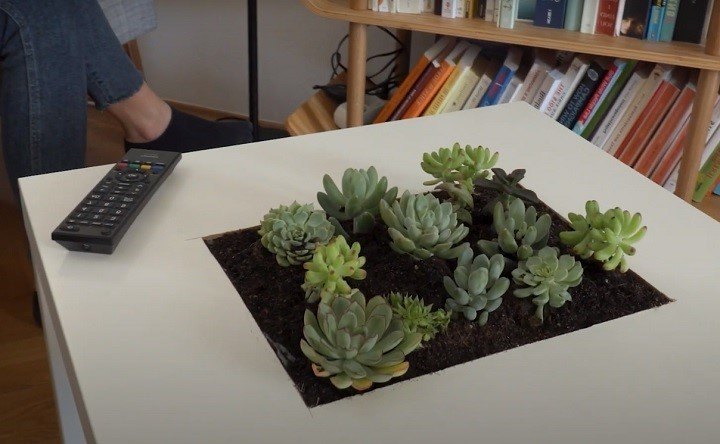












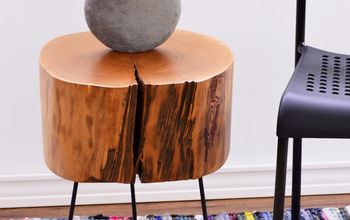
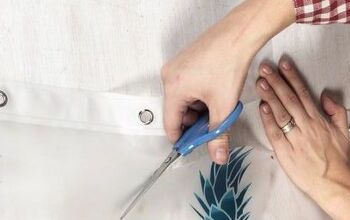



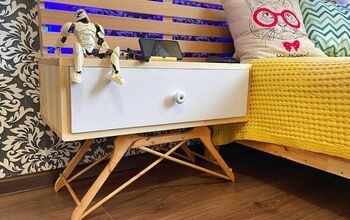
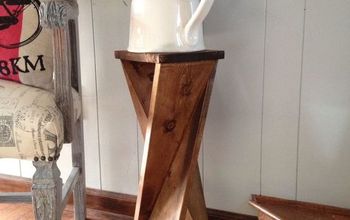
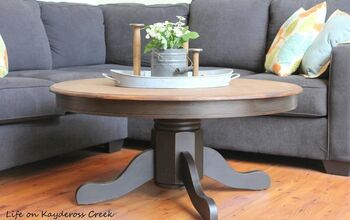
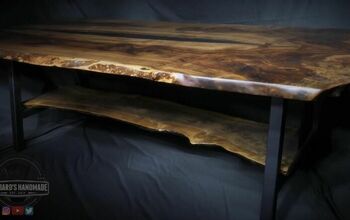
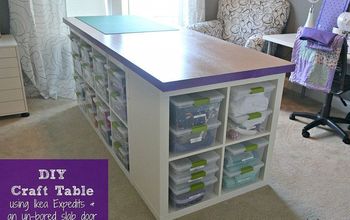
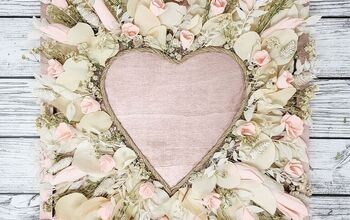
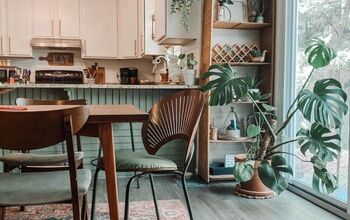

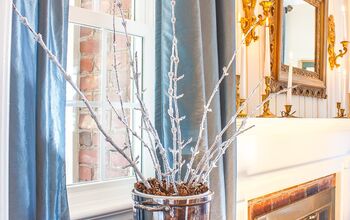
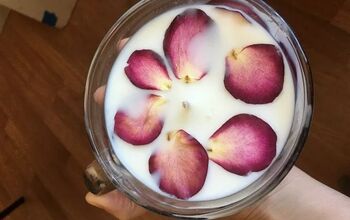
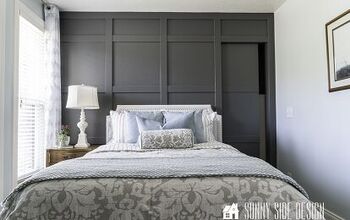
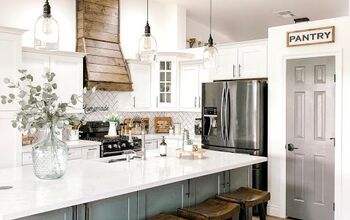
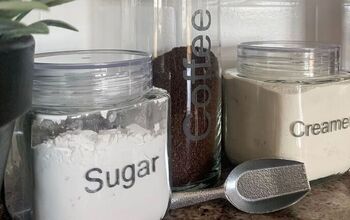
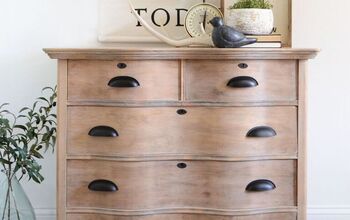
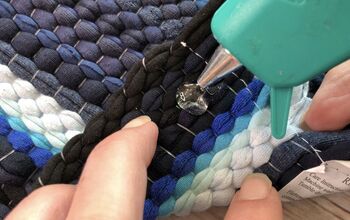
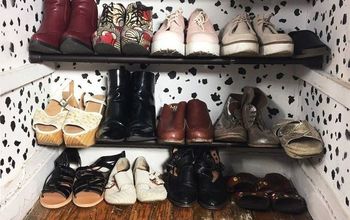
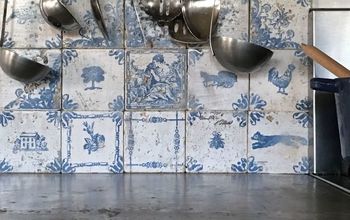
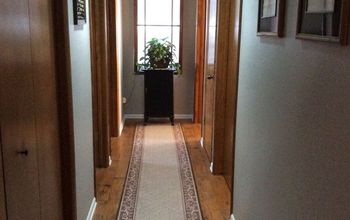
Frequently asked questions
Have a question about this project?
When you cut out the hole, is there a bottom to support the weight of the soil and succulents, or just the plastic liner holding up the weight.